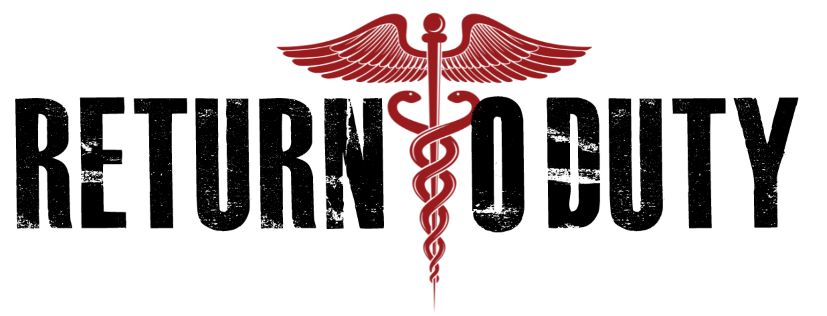Shoulder
Impingement/Labrum Repair/SLAP Lesion Repair
The labrum is the attachment point of the ligaments (capsule) in the shoulder. It aids in shoulder stability. If a trauma induced injury to the shoulder occurs and tears the ligaments, dislocation of the shoulder can occur and the labrum can be torn off of the bone.
There are three types of labral tears:
- SLAP tears: SLAP refers to superior, labrum, anterior, and posterior. This occurs where the biceps tendon attaches to the shoulder, hence the fact that in this kind of tear, the superior part of the labrum is injured. It can be caused by a small trauma or by repetitive shoulder motion.
- Bankart tears: During the dislocation of the shoulder, the head of the humerus bone tears the labrum as it pops out of its socket. It is most commonly caused by high energy trauma and sports injuries.
- Posterior labral tears: This tear is less common in comparison to the other two. Impingement occurs, which is when the rotator cuff and labrum are pinched together in the back of the shoulder.
How can I tell which tear I have?
The common symptoms of these tears are similar to one another. Things such as pain with movement of the shoulder, decreased range of motion, and a feeling of popping/locking/catching are all factors to take into consideration.
Your doctor will be able to properly assess and diagnose you through a physical examination that tests your shoulder’s range of motion, strength, and stability. Additional image tests can be done through x-rays and MRI’s.
How can I treat these tears?
In most cases, the initial treatment for these tears are nonsurgical. Anti-inflammatory medication and physical therapy will be recommended and prescribed by your doctor. If your pain does not improve with nonsurgical methods, arthroscopic repair will be the next course of action.
The doctor operates through a small incision to reattach the torn tissue without having to cut through nerves or muscles. This is less invasive than regular surgery.
What will be the outcome?
Arthroscopic surgery can eliminate pain and restore range of motion. Right after surgery, your arm may be placed in a cast or splint to restrict any motion that could disrupt the healing process. When appropriate, your doctor will then prescribe physical therapy to help you regain range of motion and strength.


